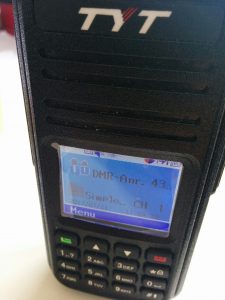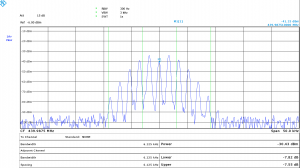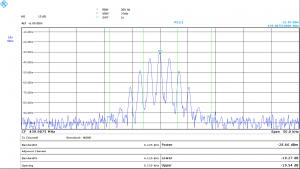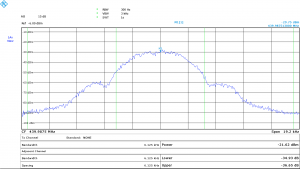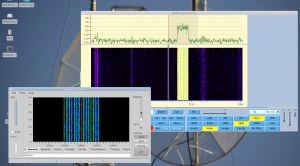Since i use Quisk for my HiQSDR i found it interesting to experiment with FreeDV again. Quisk can directly support using the FreeDV API and work in this digital mode without building lots of cables. Since i wanted to try the latest mode 700C i had to compile the library from the scratch and add the mode to the configuration of quisk. Below you can find recordings of my CQ call in the modes 1600 and 700C which were made loopback.
Now i search for a QSO partner preferably on 2m somewhere in the area around JO61. I can work relatively well direction southeast. So east OK might be good.
Mode 1600
Mode 700C
Please remember the 700C mode uses only 1kHz of bandwidth.
If you are interested in some tests just send me a email to dh5ym@darc.de

